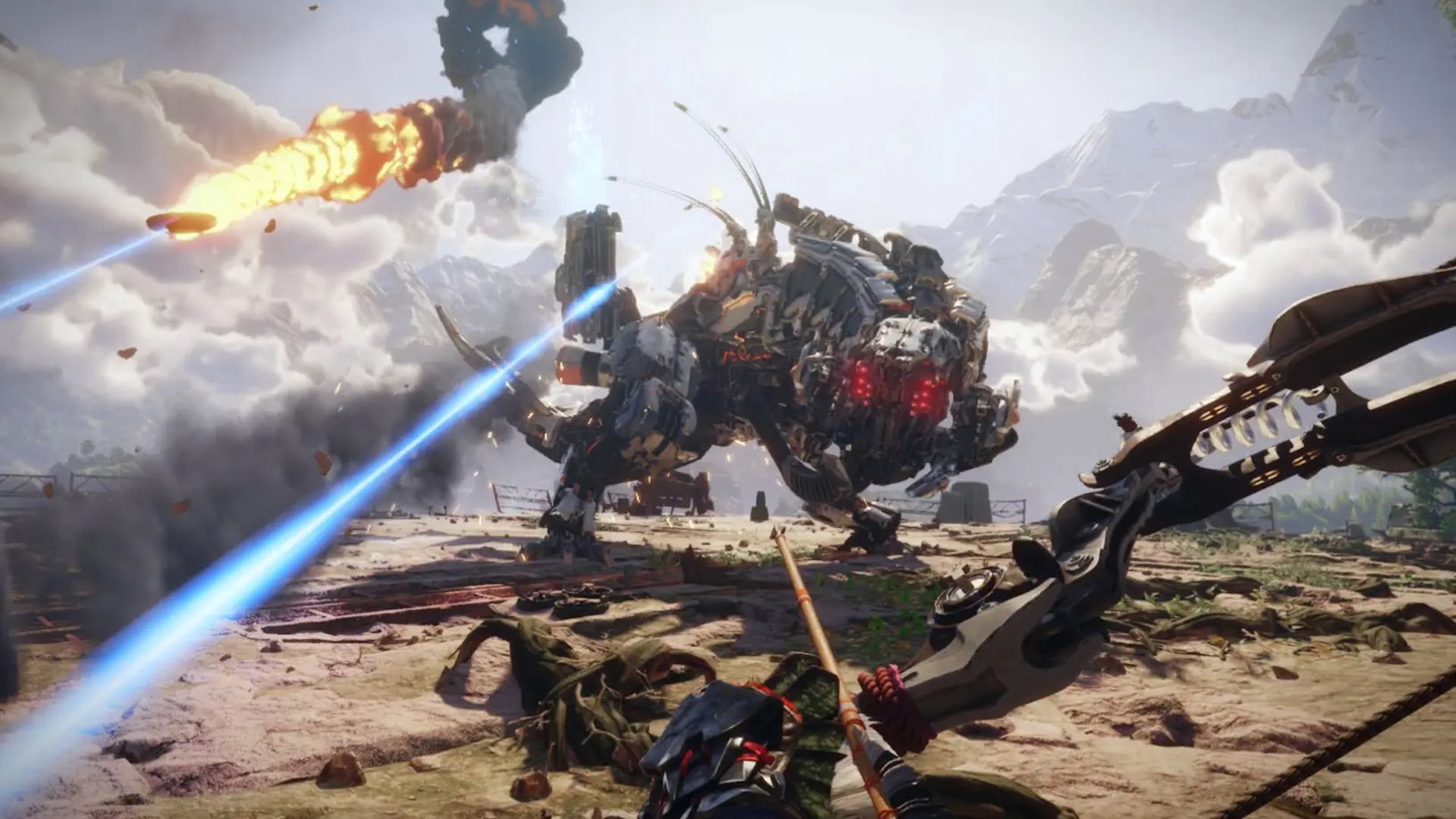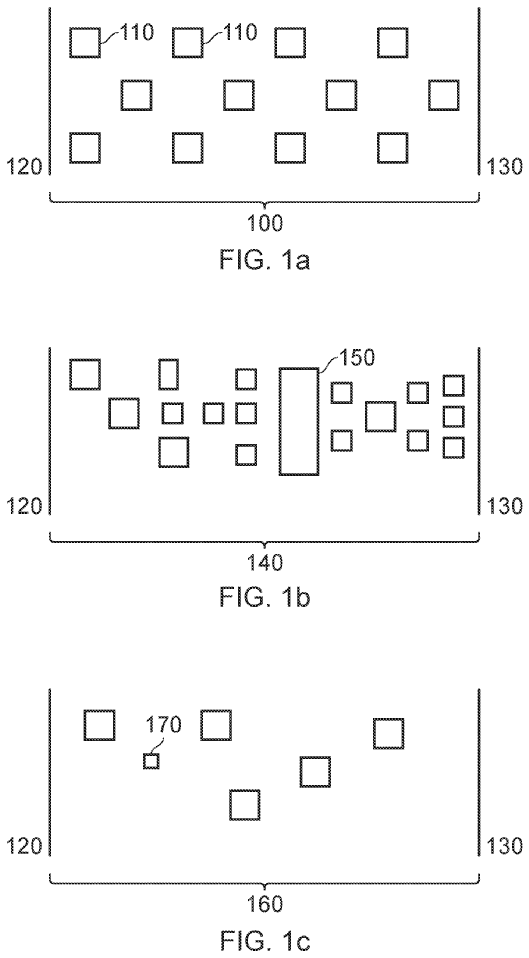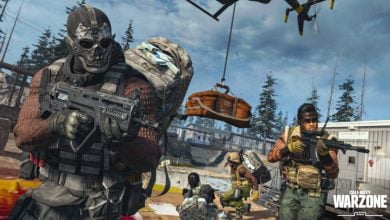
Modern technologies like AI are swiftly spreading in the gaming industry. Gaming industry giants like Sony are scouring ways to include machine learning models in core game mechanics to make titles feel more realistic than ever before. EA’s attempt to automate in-game challenges based on real-life events using AI is a perfect example.
Besides being impressive already, VR technology is relatively new and lacks various aspects. VR games tend to be linear, providing each player with the same level of content. There are roguelike VR games on the market, but Sony is seeking to create a new content generation method for VR that is more immersive and customizable.
We came across Sony’s newly published patent dubbed “CONTENT GENERATION SYSTEM AND METHOD,” which relates to the unique arrangement of in-game objects within a map instead of map generation. The patent also discusses existing content generation methods and their drawbacks and proposes an enticing solution.
Major Takeaway:
- Sony’s new patent is attempting to produce the positioning of in-game objects unique for each player by using AI. Another goal is to enable a user to interact with the arranged objects in the desired manner.
- The objects refer to any in-game items on a map, such as enemies, platforms, walls, barriers, and NPCs or the sort.
- This content generation method does not deal with unique map generation like roguelike or seed generation.
- The unique object arrangement could be based on factors like the desired difficulty and aesthetics or the like.
Sony’s patent discusses various content generation methods, such as seed generation and roguelike generation methods, that deal with producing unique maps based on a pre-defined set of rules. It outlines drawbacks like the spontaneous difficulty increase, little user enjoyment because of similarity, a sudden shift in biomes, lack of variability, etc.
The patent cites, “such randomness and variation between experiences can lead to some players having an increased challenge or an otherwise significantly different experience to other players.” Moreover, this primarily affects competitiveness in games such as speedrun times and can affect gameplay without control.
Per the patent, the current roguelike generation method specifically affects VR games due to how much the experience is altered for every user due to uncontrolled differences in content generation. It influences “user mobility and the like may cause small variations to have a big impact on the player’s ability to complete a mission or overcome an obstacle.”
The patent continues, “the more physical interaction methods often associated with VR may magnify these differences relative to a traditional controller-based game.” Sony proposes using machine learning models that can be trained to generate a unique arrangement of in-game objects instead of the map itself.

“One or more objects may be arranged within a virtual environment using the output of a machine learning model that is trained to identify suitable arrangements of the objects within a virtual environment.” The method is more controllable, especially for VR games that can benefit from it.
Sony further clarifies, “it relates to an arrangement of one or more objects within an environment, rather than the generation of an environment itself, and in that the process is self-constrained by the training of a machine learning model.” The objects here refer to platforms, walls, barriers, NPCs, enemies, or the like.
The patent explains, “the elements may be walls or barriers that are arranged to provide cover for a player’s avatar (for instance, in a shooting game) or to provide a maze for the player to navigate. Similarly, non-player characters may also be placed using such a model.”
Moreover, another goal is stated for the disclosed system, “enabling a user to interact with the arranged objects in a desired manner is a key motivation.” One or multiple characteristics can be considered in a game map in which the objects are to be arranged.
Sony elaborates, “Exemplary characteristics may include a size of the environment, a visual style, one or more physics properties (such as a value indicating the strength of gravity in the environment), and/or one or more objectives to be achieved in the virtual environment (such as entry and exit locations).”

The machine learning models can be trained while keeping various factors, such as difficulty and aesthetics, to not negatively affect the user experience. Moreover, the difficulty of the objects’ arrangement can be wholly customized according to developers’ and players’ needs.
The patent states, “a generative model is trained to produce arrangements with a desired difficulty level.”
Then the difficulty can either be tested by AI characters, humans, or both combined. “Step may also comprise the use of an AI character or the like to navigate the environment, with the success of the AI character being indicative of a difficulty.”
Sony further continues, “Alternatively, or in addition, this testing may comprise playthrough by one or more human players so as to obtain an indication of the difficulty of the arrangement (or a portion of the arrangement, in the case of a particularly difficult section).”
Moreover, the unique object setup may consider specific aesthetics to fit a theme or arrangement. The patent articulates, “the machine learning model may be trained so as to generate arrangements of elements that fit within a particular aesthetic scheme as desired.”
Furthermore, more than one constraint can be applied to control the object arrangement on a map, like gravity, two objects cannot be together, and physical limitations like shapes, among other possibilities. The document adds, “a constraint is that of gravity, which can be considered to constrain the placement of barriers such that they are not arranged in a physically impossible manner.”

Lastly, there can also be pre-defined variables set by the developers before object ordering occurs, “virtual environments may be generated that have a pre-identified region in which elements are to be arranged. These may be determined manually by a developer of the virtual environment.”
The prospect of the system extends to any traditional game because of the examples used in the patent. However, we may see it implemented in Sony’s VR projects as well because of the aforesaid instances; it may revolutionize VR games because of a more controlled and customizable in-game object population.
What are your thoughts about Sony investigating a new method to generate content unique to each player using machine learning models in VR and other games? Do let us know your opinions in the comments below.
Thanks! Do share your feedback with us. ⚡
How can we make this post better? Your help would be appreciated. ✍



